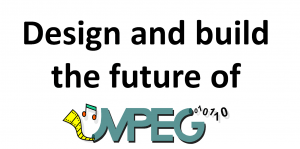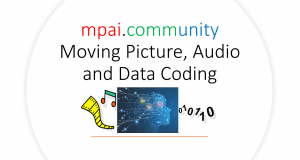We can only guess the feelings of the troglodyte that drew animals on the walls of the Altamira cave, but we have a rough idea of the feelings of the Latin poet Martial towards those who proclaimed his own works as theirs. We know even more precisely the feelings of the Italian 16th century poet Ariosto when he proposed to Duke Alfonso d’Este of Ferrara to share the proceeds that he would obtain from the fines imposed on those who copied the poet’s works.
In now remote analogue times, it was “easy” for the law to prosecute those who made unauthorised copies of a book. The arrival of the photocopier. however, forced the law to put a patch – the so-called photocopy tax. The arrival of the audio cassette made it even easier to make copies of music tracks and so another tax was levied, this time on blank cassettes. The arrival of MP3 made copying audio so easy that the world we knew (I mean, those who knew it), ended there.
The arrival of digital technology was truly a missed opportunity. Instead of solving the problem at the root by exploiting come digital technologies, already widely available at the time, patches were added to patches trying to hold together a situation that had been cracking on all sides for decades.
The last patch in line is the new proposed European copyright directive.
I need to make clear on where I stand. You may well dress up the topic with pompous words like “freedom of the internet”, but it is clear to me that those who make a profit by exposing thousands of snippets of newspaper articles would do well to get in touch first with newspaper publishers. I do not know Martial, but I’m sure Ariosto would have be fully with me on this. So I’m not against a new copyright directive.
I am concerned by the logical foundation of the draft European directive and, in particular, by Article 13. This requires that a filter be placed to check that any digital object uploaded online in the European Union does not violate the copyright of a third party. Instead of saying that uploading somebody else’s content without authorisation should not be done – something I have just said I could not agree more with – Article 13 prescribes a particular solution, i.e. that gateway be placed at a particular place in the value chain.
I happen to have different ideas and I will illustrate them with a personal anecdote. When I was a child and I was free from school, I helped my mother in a market close to our town where she ran a stall. Obviously our main task was to sell, but it was no less important to make sure that the goods on display did not “inadvertently” end up in someone’s pockets. We applied a principle that Martial would have called caveat venditor.
Please note that our attitude of prudence is not the custom of my family alone or of the times of my youth. Over the years I have visited markets in different parts of the world, as a buyer, and I noticed that sellers, regardless of local culture, all behave in the same cautious way.
Back to Article 13, what does this mean in practice? That if I manage a website where my clients upload content, I have the obligation to verify that such content does not violate someone else’s copyright.
But why should I do it? If my mother and I have kept an eye on our goods and millions of sellers on the markets in all latitudes and longitudes pay attention to theirs, why copyright holders should be exempt from the task of controlling their – digital, but who cares -goods?
My mother and I cavimus (bewared), millions of people cavent (beware), the copyright holders caveant (ought to beware).
Some might reply that copyright holders are not able to do that in a global market. That was certainly true before the internet. In the digital age, however, there are technologies that allow copyright holders to control their content without imposing gratuitous burdens on people who are just doing their jobs.
It is very clear to me that technology alone is hardly an answer and that it must be integrated with the law. It is also clear to me that such an integration may not be easy, but it is not a good reason to continue to handle technology as if we were the troglodyte of the Altamira cave.


